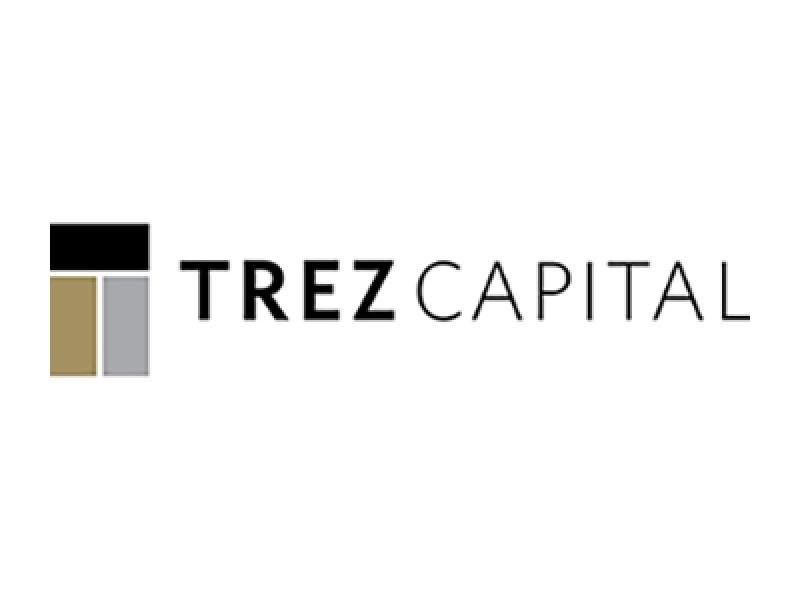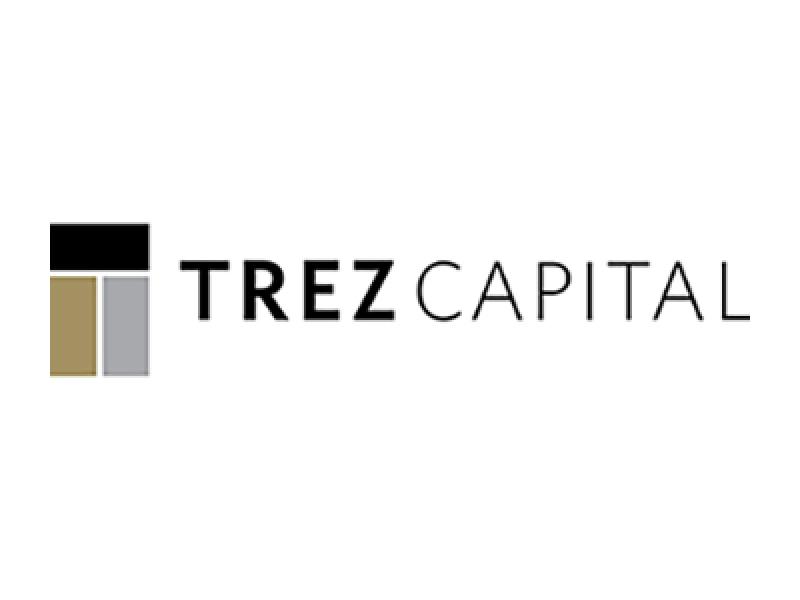As 2024 progresses, key economic indicators suggest the real estate cycle is entering a new phase. Major central banks have commenced interest rate cuts, with the Bank of Canada (BoC) leading the way.
Inflation has slowed over the past several months, and labour market conditions have softened in Canada and the United States (U.S). The BoC moved with back-to-back 25 bps (basis points) cuts, bringing its policy rate to 4.25%. Following a weaker-than-expected July job report from the U.S. Bureau of Labor Statistics, it appears increasingly likely that the U.S. Federal Reserve will follow suit in September. Such moves will likely support recovery in commercial real estate investment and pricing. However, there are risks that economic growth could soften in the second half of 2024, negatively affecting commercial real estate demand. Additional risks include the geopolitical environment, the upcoming U.S. election, market reactions to economic data and shifts in central bank policy.
Nonetheless, there are promising signs of “green shoots” in the real estate markets. Commercial real estate capital markets are reaching an inflection point – with conditions likely to improve, while commercial real estate fundamentals continue to chart a path toward normalization following the disruptive impacts of the pandemic. As real estate capital markets and fundamentals settle, transaction volumes are expected to gradually increase over the remainder of 2024 and ramp up in 2025 as property yields reach new highs. Furthermore, the ongoing capital markets dislocation from the effects of higher mortgage rates and refinance difficulties will continue to provide near-term opportunities for contrarian lenders and opportunistic equity investors.
Key trends shaping the outlook
Stabilizing cap rates and investor sentiment
With the prospect of future rate cuts and improving investor sentiment, capitalization (cap) rates are stabilizing. According to CBRE’s Q2 survey, Canada’s national office cap rates remain steady, while retail, industrial and apartments increased slightly – a sign that pricing is stabilizing. The overall Canada national average commercial cap rate increased only 2 bps quarter-over-quarter in Q2. In the U.S., overall cap rates held steady in the first half of 2024, according to CBRE. The survey also found that the share of respondents expecting further cap rate increases over the next six months fell markedly in Q2.
Improved market sentiment and clarity on the future direction of cap rates will bring investors off the sidelines with the prospect of higher transaction velocity. While recent commercial transaction activity remains below year-ago levels, there are promising signs that activity has been nearing bottom. CBRE Cap Rate Survey participants indicate that the second half of 2024 will be a period of stabilization in transactions, with a majority of participants anticipating a substantial increase in activity in H1 2025.
Commercial property market fundamentals move toward balance
In addition to the effects of higher financing costs, the underwriting challenges experienced in 2023 and H1 2024 were related to shifts in demand and structural change from the pandemic. However, the remainder of 2024 and beyond shows signs trending toward stabilization as commercial property market fundamentals balance supply and demand and rents return to sustainable growth rates.
In a promising sign, overall office demand was positive in Canada and the U.S. in Q2 2024. Occupiers prefer class-A spaces with amenities to accommodate a growing hybrid workforce. With continued growth in office-related jobs, the negative effects of remote work on overall leasing demand are beginning to ease. Meanwhile, the industrial market is moving toward balance. A surge in demand for distribution space due to growth in online shopping during the pandemic, followed by a transition from just-in-time to just-in-case inventory, resulted in record-low availabilities and rent spikes. In response, supply growth surged in 2023 but is now easing with higher availability and more sustainable demand.
Despite near-term increases in multi-family construction, the longer-term outlook is shaped by an undersupply of housing. Recent immigration trends in Canada and the U.S. will increase the need for affordable housing options. While estimates vary, Canada will require an additional 3.1 to 5.3 million housing units through 2030 to keep pace with household formations and restore affordability at the national level.

*Preliminary estimate, refined estimate and methodology to be released in upcoming report.
Source: Oxford Economics/CMHC/PBO
Alternative real estate sectors continue to gain favour
Investor property type preferences have changed significantly in recent years. Alternative commercial real estate sectors have gained increasing prominence in response to several factors, including the search for higher-yielding investments, exposure to value-add and opportunistic strategies and structural shifts in the economy and property markets. Many of these shifts have recently accelerated in response to changes stemming from the pandemic, technological innovation and the lacklustre performance of key sectors such as traditional office.
Several sectors have gained increasing favour among investors – such as life sciences, specialized industrial and cold storage, data centres, parking, single-family rental and student housing – according to data from the National Council of Real Estate Investment Fiduciaries (NCREIF), the share of U.S. institutional investor portfolios in these sectors increased to over 8.0% of total value at year-end 2023, almost double the 2018 share. The allocation remained steady in 2022 and 2023 despite increased financing cinflaosts and market liquidity concerns. Investment momentum will likely continue its shift toward alternatives in the coming years, offering substantial yield and growth opportunities.
Looking forward to opportunity
The challenges posed by this recent period of elevated mortgage rates will continue to play out into 2025, even after central banks begin to cut interest rates. Distressed refinance situations will continue to emerge. In the U.S., banks will focus on the credit quality of their existing portfolios while maintaining tight underwriting standards on new originations. These conditions will favour alternative financers that lend and recapitalize distressed property.
The prospect of lower interest rates, with improving supply and demand balance in commercial property fundamentals, should reduce underwriting uncertainty and support higher levels of transactions. Investors will be rewarded with some of the highest going-in yields in recent history, setting the stage for strong investment performance.











